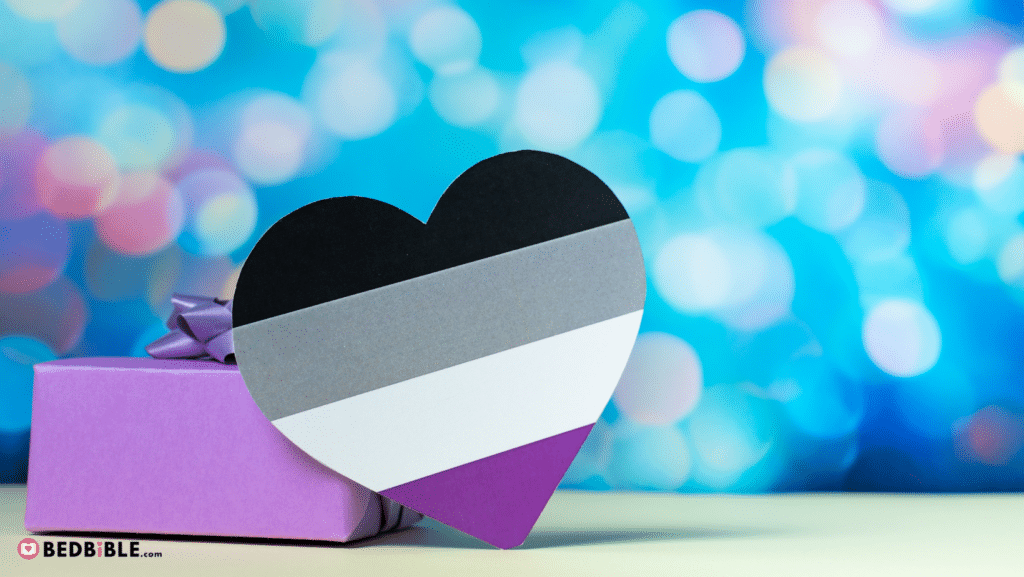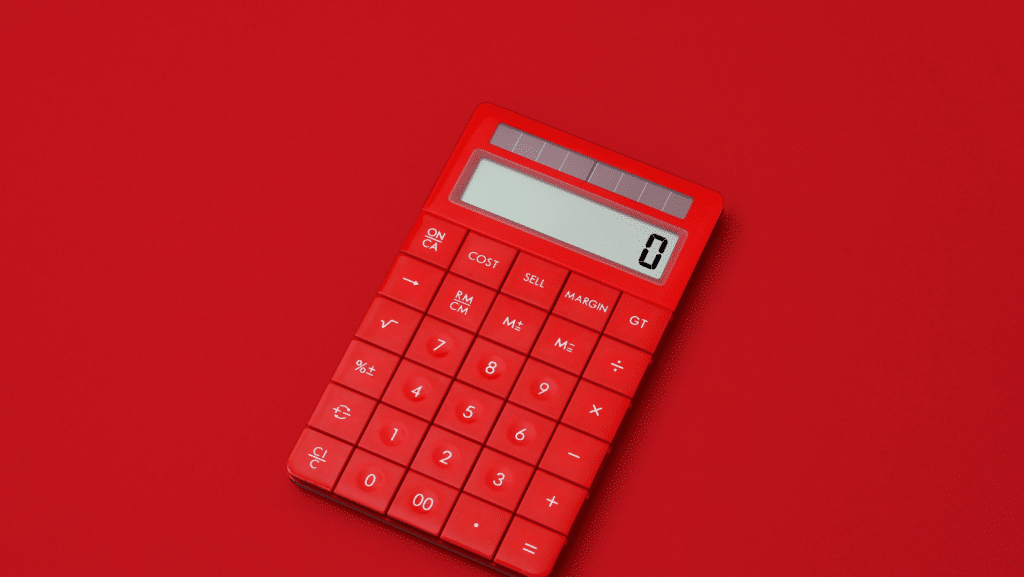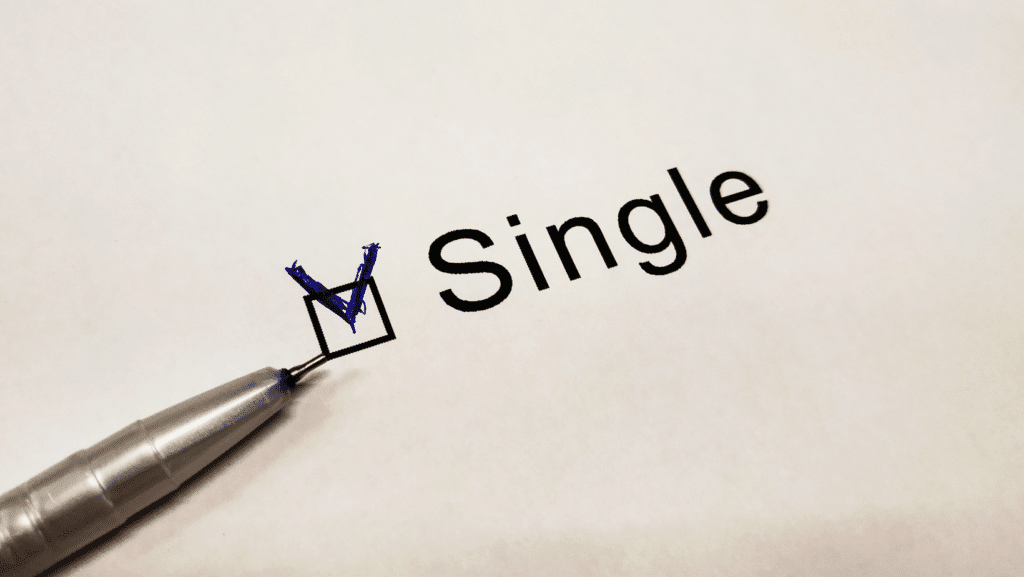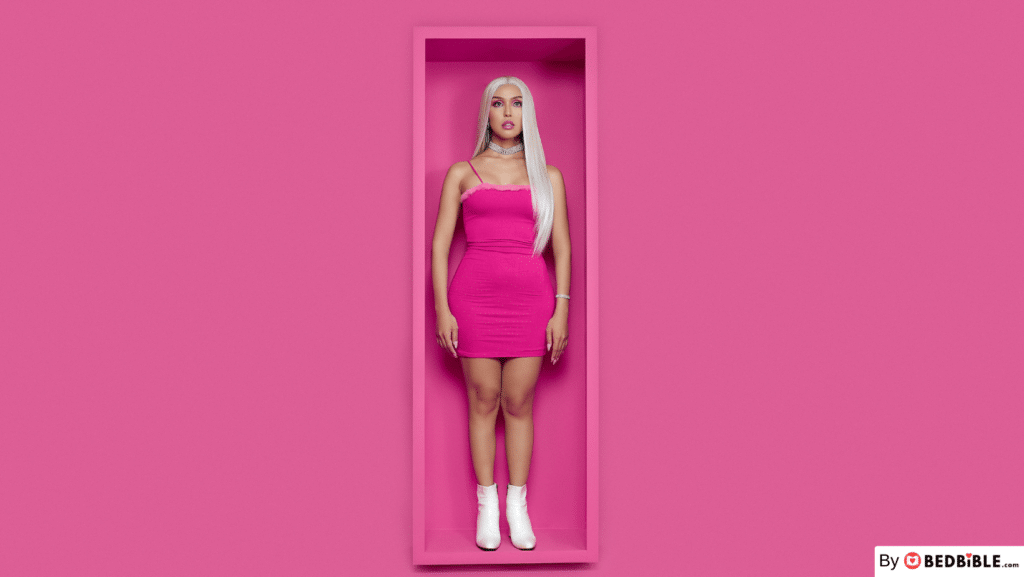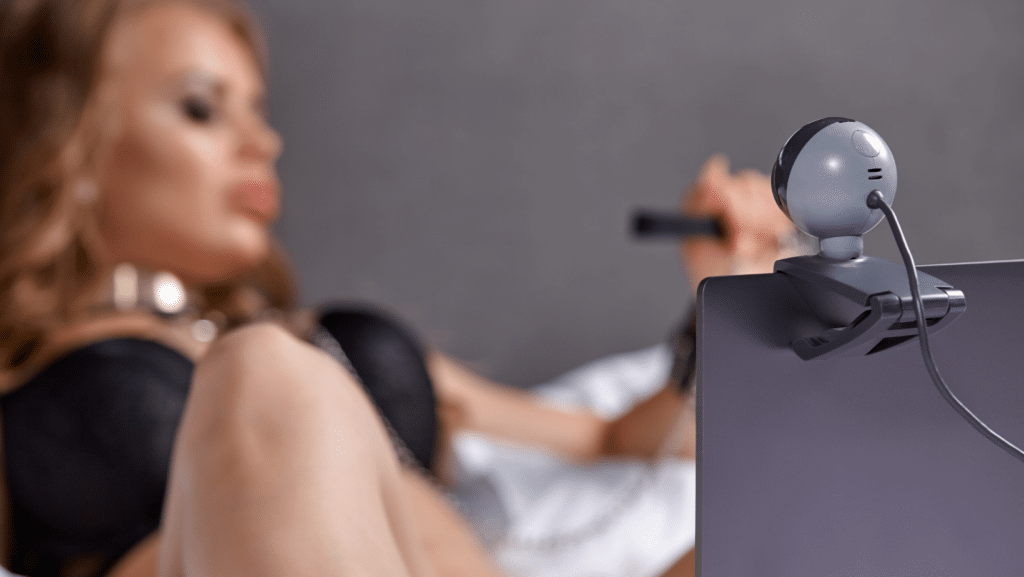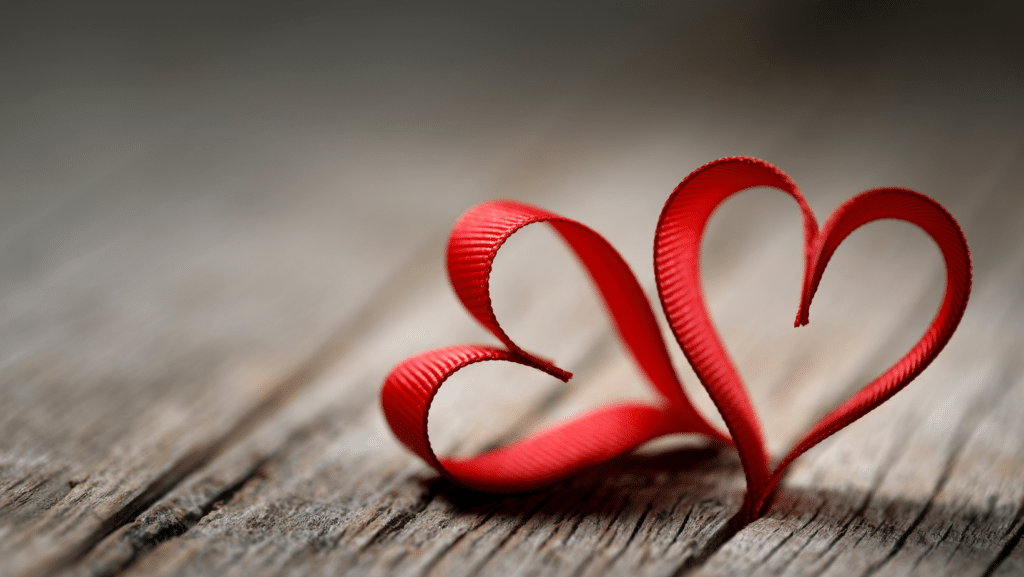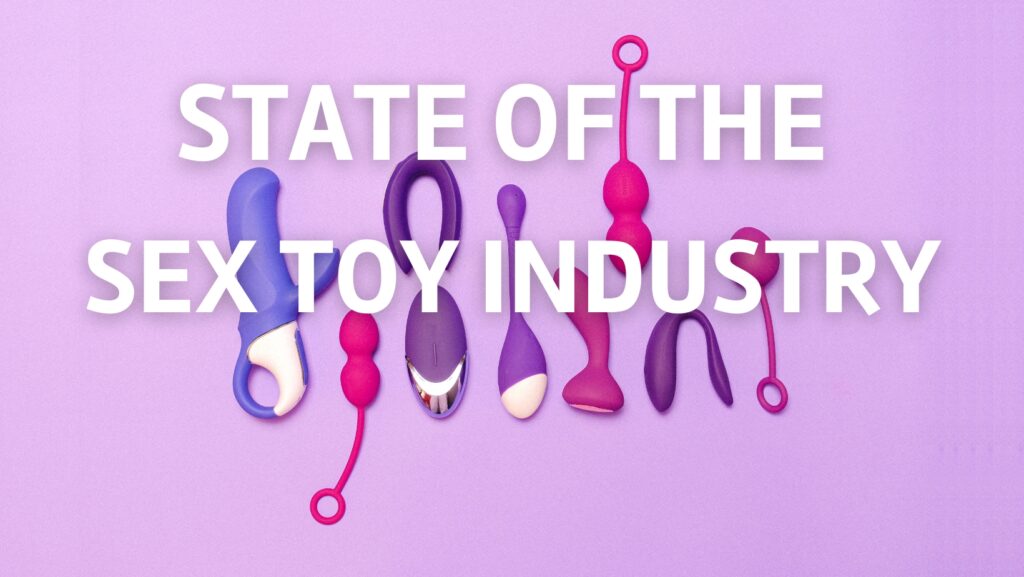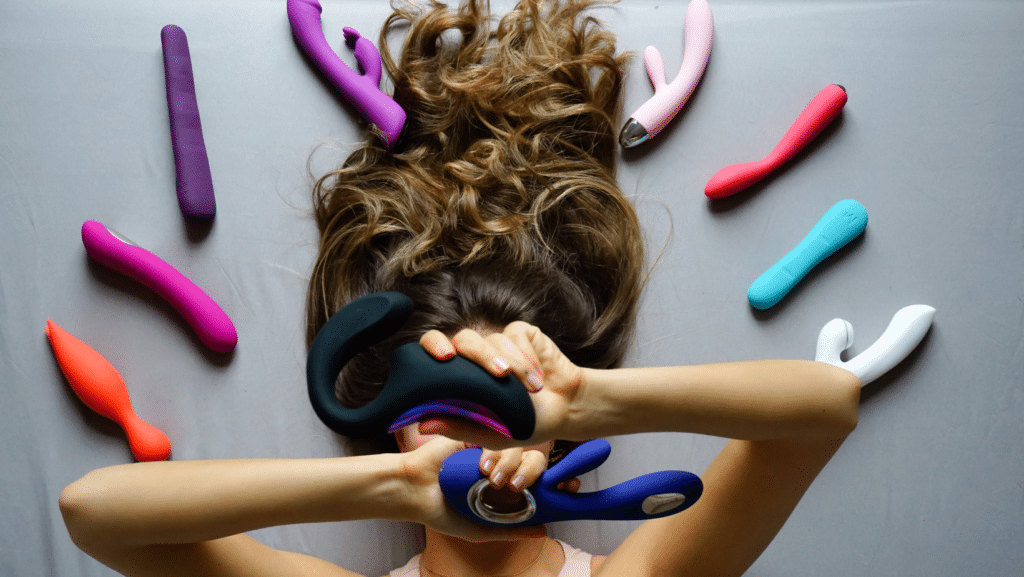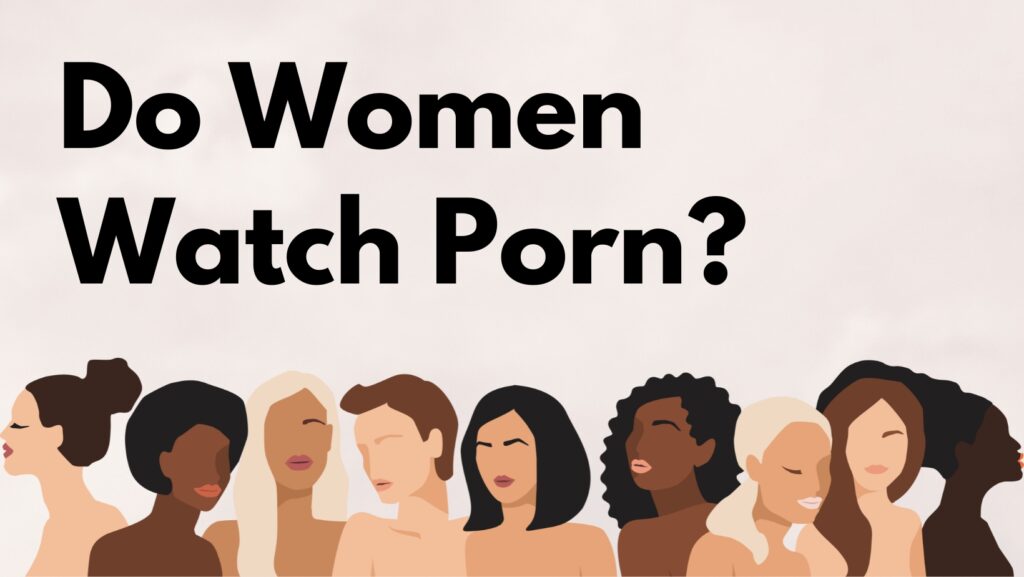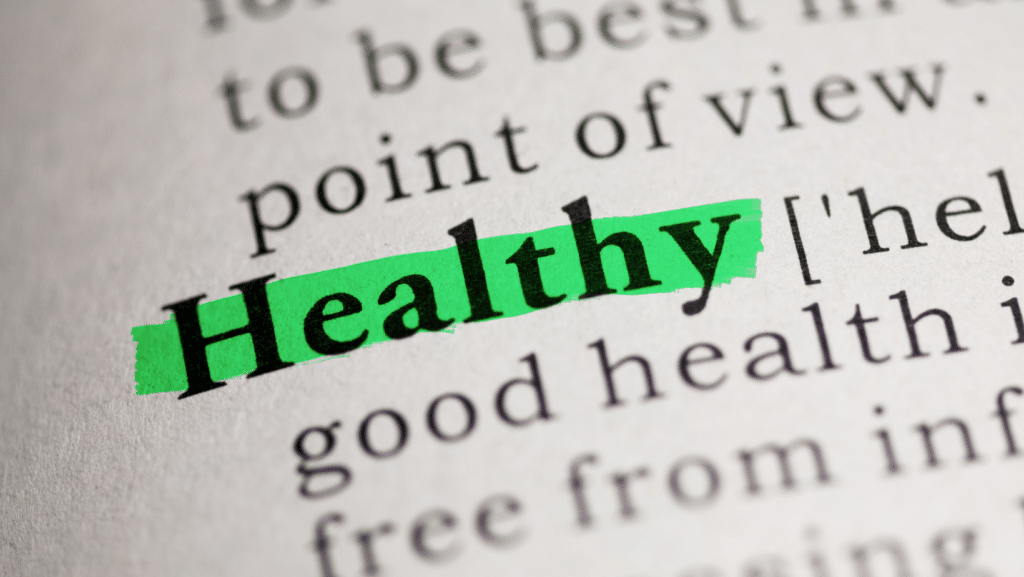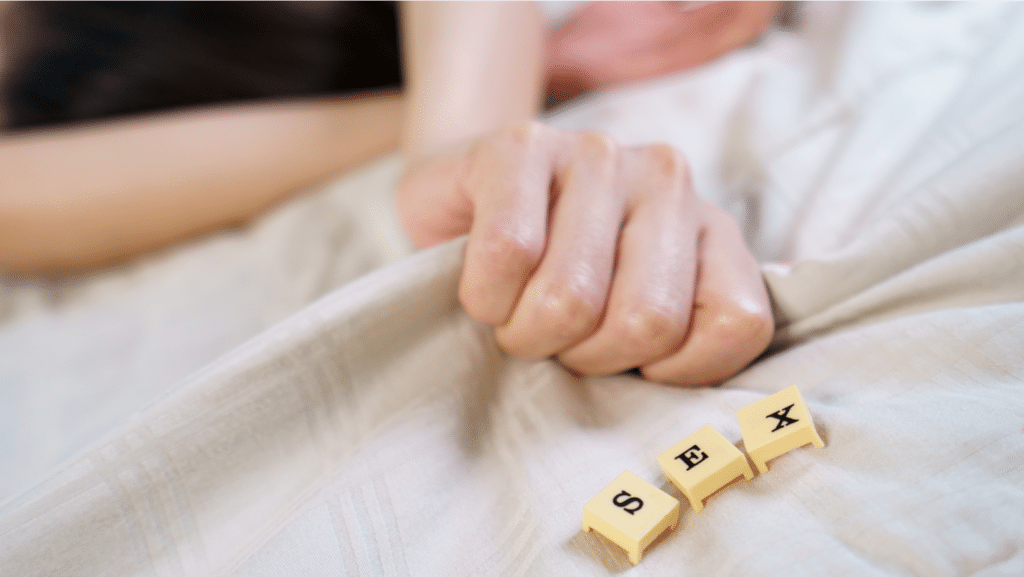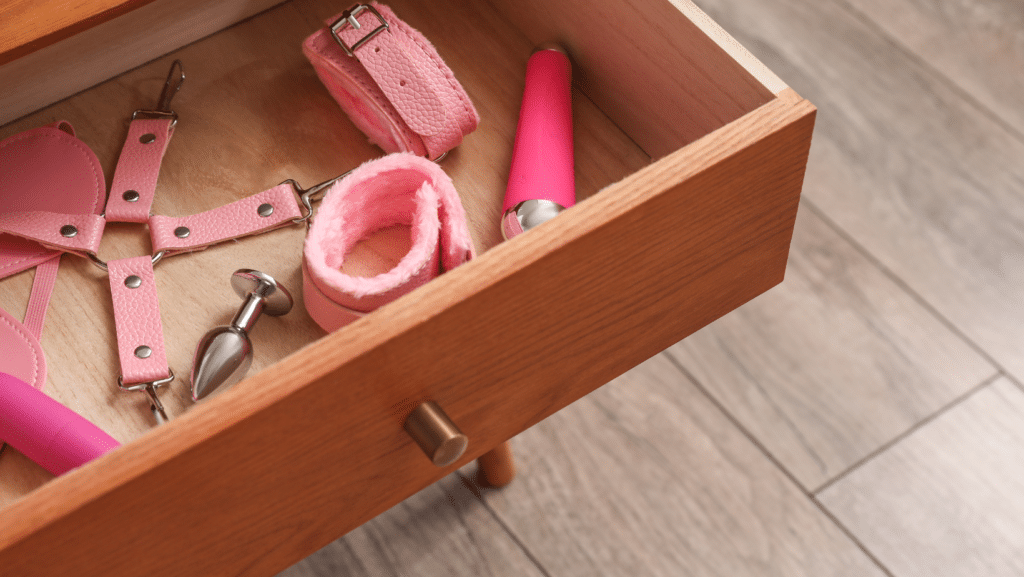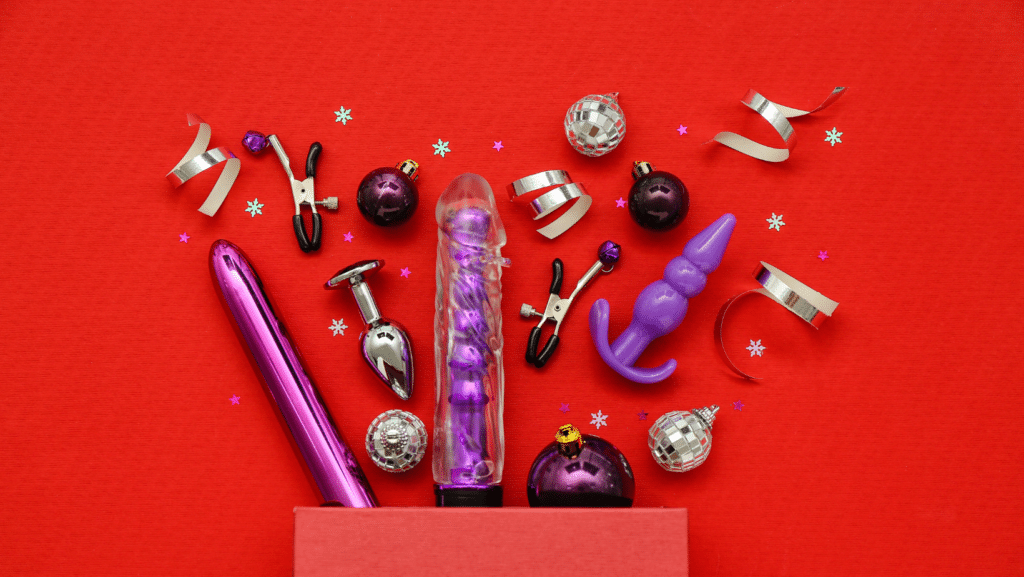Exploring the spectrum of sexual orientation, our comprehensive meta-study dives into the prevalence of asexuality across the US. In this report, we gather and analyze data from various studies to provide a detailed overview of asexuality. Whether you’re curious about the statistics or seeking deeper understanding, this report covers all you need to know about asexuality in the US.
Here are the headlines of this report:
- How Many People Are Asexual
- Who Identifies as Asexual
- Get To Know the Asexuals
- Co-Occurrence of Sexual/Romantic Identity
- What are Asexuals Attracted to
- Asexuality as Part of the LGBTQ Community
- Current surveys of the asexual population show that
- Famous Asexuals You Might Know
- How Asexual People See Themselves Sexually
- Asexuals and Sexual Activity
- Masturbation
Top Findings
- 1 to 1.7% of the American people identify as asexual.
- 86% of the asexuals are women (assigned women at birth).
- 8 out of 10 asexuals feel judged or left out of the LGBTQ community.
- Asexuals find these characteristics most attractive: 1) aesthetic attraction (74.1%) and 2) platonic attraction (65.2%)
- Top 3 Signs of Affection and Intimacy For Asexuals:
- Hugging (87.4%)
- Cuddling and snuggling (82.0%)
- Holding hands in public (81.0%)
- 33% of asexuals are under the age of 20.
- 50% of the asexuals said they felt ‘different’ from a young age.
- Celebrities that identify as asexuals:
- Isaac Newton
- Caitlyn Jenner
- Nikola Tesla
- Marilyn Monroe
- 65% of asexuals have never had sex.
How Many People Are Asexual
- From 1 – 1.7% of sexual adults identify as asexual.
- Based on current estimates, the total US population that identifies as some level of asexual is around 260,000 people. Numbers are thought to be similar in other countries but with less support and recognition than seen in the USA. The actual number is likely much higher as many people who identify as asexual may not see themselves as part of the LGBT+ community or may not feel welcomed by some in the queer community as a whole.
Who Identifies as Asexual
- Asexual people reported significantly fewer sexual encounters (1-5) than non-sexual participants.
- They are however more likely to be in an open, platonic, or other close relationship (75%).
- Over 27% of aces identify as women with 72% saying they are genderqueer/non-binary.
- An overwhelming majority of asexuals were born female (86%), compared to born male.
- Nearly 91% of ace people are considered to be young to middle-aged.
- One in three aces report being sexually attracted to someone in some way at some point.
- More than half report having had sex at least once with the enjoyment being reported at 50/50.
- 59% compared with 61% general population say they have a platonic non-sexual relationship.
- Asexuals reported greater discrimination and stigma compared to others in the LGBTQ community.
- Around 80% report feeling alienated or judged by those inside and outside the queer community.
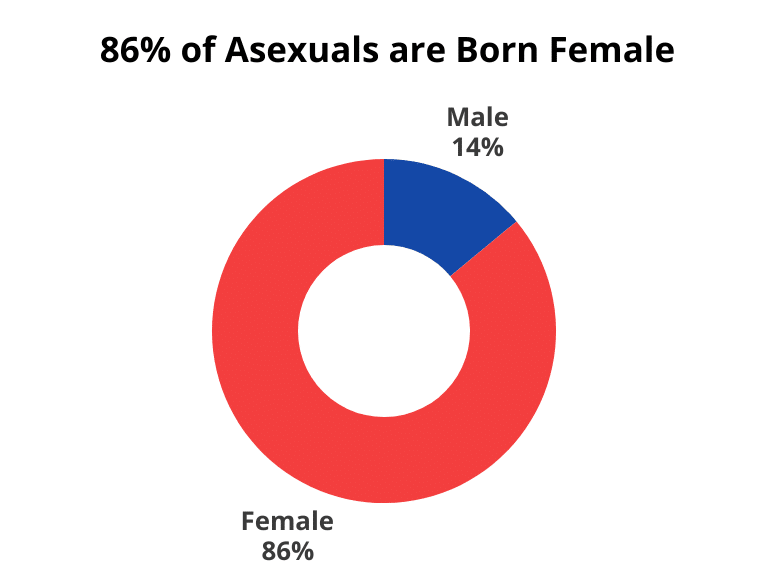
Get To Know the Asexuals
A psychological survey of 300 young people showed the following breakdown when respondents were questioned about their asexual identity:
Sexual Identity
- 247 said they were asexual
- 4 chose bisexual
- 18 identified as heterosexual
- 1 chose homosexual
- 4 said they were queer
- 5 chose ‘other’ or multi
- 4 said they were unsure/unknown
- 5 refused to answer
Education
- Middle schoolers – 2 (0.7%)
- Did not finish high school -8 (2.8%)
- Currently high schoolers- 60 (21%)
- Some college or secondary training- 16 (5.7%)
- College grad or still in college- 144 (51%)
- Working on post-secondary- 2 (0.7%)
- Have or working on masters- 30 (11%)
- Have or working on a doctorate 15 (5.3%)
- Other responses- 6 (2.1%)
- Did not answer- 5
Individual Orientation
- 199 (71%) said they saw themselves as female
- 82 (29%) said they saw themselves as male
- 6 said they feel they are fluid/non-binary, blank, or have no gender
Romantic Interests
- 77 (31.4%) reported they were hetero-romantic
- 43 (17.5%) said they were biromantic or panromantic
- 43 (17.5%) answered with aromantic attractions
- 33 (13.5%) listed they were unsure of their attraction
- 21 (8.6%) saw romantic and non-romantic attraction equally
- 16 (6.5%) identified as homo-romantic or straight
- 7 (2.9%) were attracted to non-binary or said they were non-binary themselves
- 3 (1.2%) exclusively attracted to androgynes
- 2 (0.8%) other or a combination of attraction
- 2 did not answer
Co-Occurrence of Sexual/Romantic Identity
Asexuals can have co-identities and identities with queer, pan, non-binary, and several other sexual and romantic labels.
- Aces who identified as gay had the greatest co-occurrence of identifying as queer (67.7%).
- However, more than half of all LGBP aces also identified as queer (53.9% pansexual, 52.6% lesbian, and 50.5% bisexual).
- About a third of respondents across ace-spectrum identities (37.5% gray-asexual, 33.6% demisexual, 31.3% asexual, 29.8% ago-/autochorissexual), as well as those who were questioning or unsure of their sexual orientation (31.9%), also identified as queer.
- Heterosexual/straight aces had by far the lowest proportion who also identified as queer, at 9.8%.
What are Asexuals Attracted to
When asexuals were asked in recent surveys about the types of attraction they experience aside from traditional romantic attraction, a majority responded that they experience the following:
- aesthetic attraction (74.1%)- enjoying someone’s look and style with no interest in romance
- platonic attraction (65.2%)- enjoying someone’s company but in a non-sexual non-romantic way
- emotional attraction (52.0%)- liking the connection and support gained from being with another
- unsure/questioning (18.8%)- not yet sure what their preference was or how they saw the attraction
- didn’t see or feel any (12.2%)- did not believe they feel any sort of attraction to another individual
Signs of Affection and Intimacy For Asexuals
- hugging (87.4%)
- cuddling and snuggling (82.0%)
- holding hands in public (81.0%)
- kissing other than mouth (77.0%).
- Non-romantic bed-sharing (65.0%)
- bedsharing with cuddling (60.3%)
- pet names or terms of endearment (58.9%)
- gifts are generally seen as romantic (58.1%),
- unsure/no experience with intimacy (30%)
- open kissing on the mouth (42.6%)
- tickling or foreplay (38.7%)
- nonpenetrative sexual contact (18.1%)
- nudity of or with a partner (15.8%),
- favorable toward penetrative sexual contact (9.3%)
- unfavorable toward penetrative sexual contact (65.2%)
- indifferent or unsure toward penetrative sexual contact (25.5%)
Asexuality as Part of the LGBTQ Community
Recent polls of young people reported that 5.6% of US adults identify as lesbian, gay, bisexual, or transgender.
Approximately 80% said that they were straight or non-queer. More than 7% refused to answer citing concerns of privacy and personal safety.
More than 50% of LGBT adults identify as bisexual, with 25% identifying as gay, 10% as lesbian, and 10% as transgender.
Additionally, nearly 5% of respondents chose queer, ace, poly, non-binary, or some other term to describe themselves.
As a percentage of all US adults, it is estimated that 8.4% identify as bisexual, 4.5% as gay, 3.5% as lesbian, 0.5% as transgender, and 1% as some other identify under the queer umbrella, including asexual.
Current surveys of the asexual population show that
- Nearly 1/3 of asexuals are under the age of 20
- Approximately 35% are between 20 and 25 years of age
- Almost a quarter of young asexuals identify as transgender or questioning
- Half of respondents said they felt ‘different’ from a young age
- The majority of asexuals (nearly 80%) don’t come out till their late teens
- The majority of ace respondents (80.9%) identified as White or of European descent.
- Close to 10% identified as Hispanic, Latinx, or Chicanx
- Nearly 8% identified as Mixed or Multi-Racial.
Other identities included
- Jewish (4%),
- East Asian (5%),
- South Asian (3%),
- Southeast Asian (2%),
- North American Native (2%),
- Black African (1%)
- Other (3%)
Famous Asexuals You Might Know
- Tim Gunn
- Yasmin Benoit
- Emily Brontë
- Janeane Garofalo
- Isaac Newton
- Paula Poundstone
- Mikey Neumann
- Caitlyn Jenner
- Erica Mendez
- David Archuleta
- Keri Hulme
- David Jay
- Nikola Tesla
- John Frusciante
- Temple Grandin
- Emilie Autumn
- Ana Gabriel
- Marilyn Monroe
- Michaela Coel
- Bradford Cox
- Edward Gorey
- Kim Deal
- Mike Skinner
- Ricky Dillon
- T. E. Lawrence
- H.P. Lovecraft
How Asexual People See Themselves Sexually
Asexual individuals can have any number of combinations of these attitudes towards sex. Not all aces are LGBTQ and many can identify as straight or heterosexual. So, understanding how they view sex can be complicated but these stats and figures are important to understand. This complicated breakdown among ace individuals can be briefly summarized in this chart:
| Sex-Favorable | Sex-Indifferent | Sex-Averse/Sex-Repulsed | |
|---|---|---|---|
| Sex-Positive | Accepting, allowing, approving of, and embracing sexuality in society as a whole as well as in their relationships. | Accepting sex as a thing people in broader society do and are of with them doing so, but are unable to enjoy it themselves and do not seek it out for themselves. | Critical of the sexualization of society and often outspoken against it in public while also being cold and indifferent to sexual relationships of their own. |
| Sex-Neutral | Critical open sex-related themes and displays in the general public, and unable to enjoy it in any way within their relationships with others. | Okay or indifferent to basic portrayals of sex and sexual relationships in society while maintaining a level of apathy towards it themselves. | Mostly ok or indifferent to moderate portrayals of sex in society and media, but can’t find any appeal or joy in sex within their relationships. |
| Sex-Negative | Generally indifferent to moderate examples of sex in broader society, but will do something more or less ‘sexual’ in their relationships if necessary at times. | Critical of sexual openness and sex in media or public displays in broader society, but willing to partake and participate in such on rare occasions with their partners. | Critical open sex-related themes and displays in the general public, and unable to enjoy it in any way withing their relationships with others. |
Asexuals and Sexual Activity
Despite the lack of sexual attraction that characterizes asexuality, many asexuals engage in sexual activity to varying degrees. The following are some key findings on this topic:
- 21.6% of asexuals report having no sex drive.
- In a survey of gender and sexual minorities, 46.46% of asexual participants reported not having had sex in the past five years.
- 65% of asexuals have never had sex, while 12.4% are currently sexually active and 22.5% have been sexually active in the past.
- The average age for an asexual’s first sexual activity is 18.12.
- Asexuals who do have sex engage in it at varying levels of frequency, with 15.6% reporting having sex a few times a week and 10.7% reporting having sex once a year or less.
Masturbation
Asexual individuals have varying attitudes towards masturbation, with some choosing to do so regularly while others don’t. In one study, 56% of asexuals reported masturbating at least once a month. Asexual men report masturbating at the same frequency as sexual men, while asexual women masturbate less frequently on average.
Those who do choose to masturbate often cite reasons such as relieving tension and feeling like they have to do it. The procedure of masturbation itself is often without a sexual or romantic fantasy, with the focus being on physical sensations rather than erotic images. It’s more about fulfilling a physical need than innate sexual desire or arousal.
Here is a table summarizing the reported reasons for masturbation among asexual men and women:
| Reason for asexual mastubating | Men | Women |
|---|---|---|
| Sexual pleasure | 27% | 30% |
| Relieve tension | 52% | 48% |
| For fun | 32% | 20% |
| Feel like I have to | 25% | 13% |
| Other | 24% | 15% |
